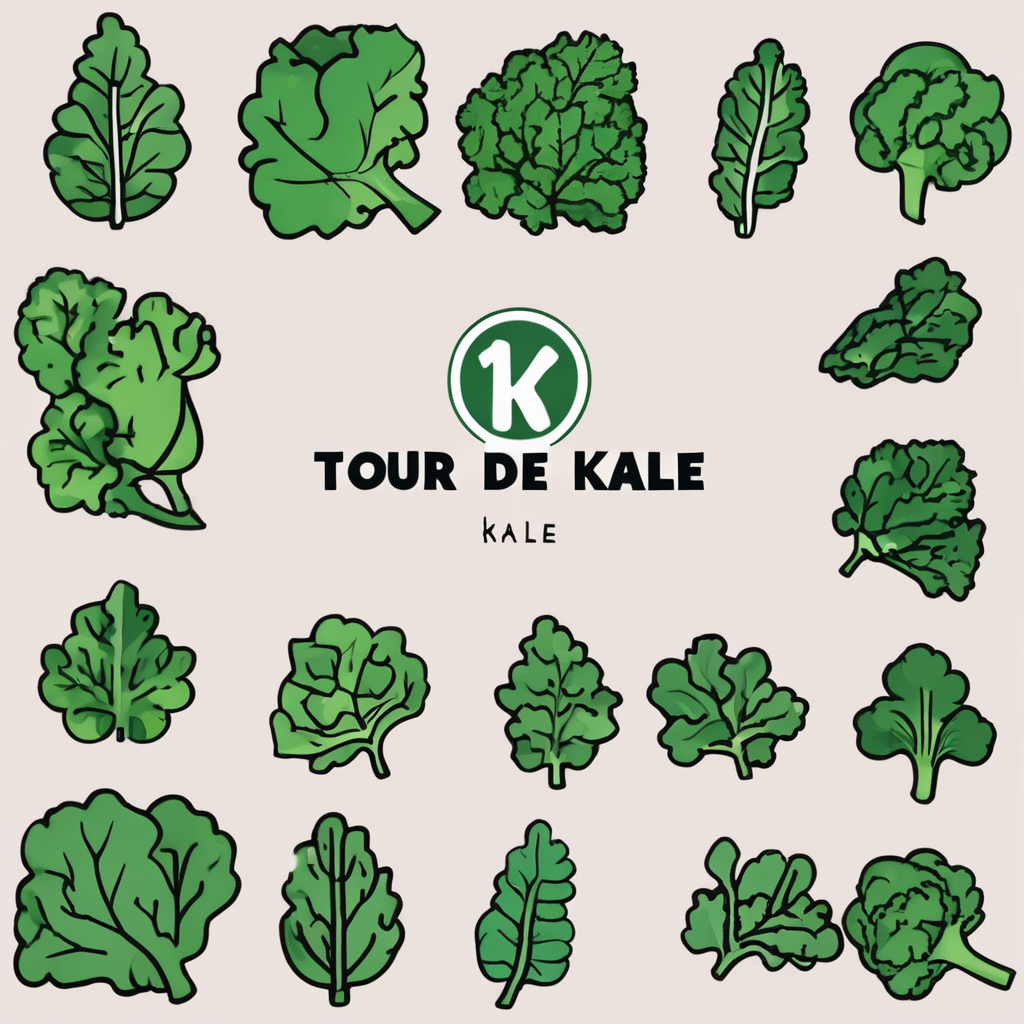Key Shifts in UK Kitchen Design Trends
Exploring how kitchen aesthetics are evolving in 2024
UK kitchen design trends in 2024 showcase significant departures from previous years, reflecting both lifestyle changes and technological advancements. One of the most striking shifts is the move toward more personalized and multifunctional spaces. This contrasts with earlier styles that focused on uniformity and strictly utilitarian layouts. Today’s kitchens emphasize blending cooking, dining, and socializing areas, creating dynamic environments for families and guests.
Also to read : How Are UK Kitchens Balancing Tradition and Modernity?
Evolving kitchen aesthetics reveal an increased preference for natural materials and sustainable finishes, replacing the high-gloss laminates and stark minimalism popular in past designs. Warm wood tones, textured surfaces, and earthy colour palettes now dominate 2024 kitchen styles. This evolution mirrors a broader UK trend toward eco-conscious living and a desire for calming, organic interiors.
Industry experts identify several drivers behind these shifts. The rise of remote work has intensified the need for adaptable kitchens that function as both workspaces and relaxation zones. Additionally, smart appliances and technology integration play a crucial role in shaping emerging UK kitchen design trends. Consumers expect seamless connectivity and convenience, pushing designers to incorporate hidden tech features without compromising aesthetics.
This might interest you : What role does smart home integration play in UK kitchens?
In summary, UK kitchen design trends for 2024 embrace personalization, sustainability, and technological integration. These changes mark a clear departure from previous styles, creating kitchens that support modern lifestyles with style and practicality.
Popular and Emerging Kitchen Styles in the UK
In today’s UK homes, modern kitchen ideas are shaping how we cook and live. Among the most eye-catching contemporary kitchen trends is minimalism, which champions clean lines, uncluttered surfaces, and neutral colour palettes. This style emphasizes functionality and simplicity, appealing to homeowners who want a sleek, organized space.
Alongside minimalism, bold colours have surged in popularity. Deep greens, navy blues, and even matte blacks are used to create striking contrasts against light walls or wooden floors. These vibrant hues inject personality and warmth, making kitchens both inviting and stylish.
Another compelling trend is biophilic design, which integrates natural elements like plants, wood textures, and abundant daylight. UK urban homes benefit from this approach by bringing outdoor freshness inside, enhancing wellbeing and adding organic beauty.
Examples from contemporary UK properties showcase kitchens that blend these styles—minimalist layouts softened by verdant plants and accentuated with colorful cabinetry. Meanwhile, previously popular looks, such as overly ornate or traditional-heavy kitchens, are fading due to a desire for streamlined, functional spaces that suit modern living.
By embracing these dynamic popular UK kitchen looks, homeowners can create aesthetically pleasing, practical kitchens that stand the test of time.
Technologies Transforming the Modern UK Kitchen
The rise of kitchen technology has revolutionised how homes across the UK function, with smart kitchens UK becoming increasingly common. These kitchens integrate devices like intelligent ovens, voice-activated assistants, and connected refrigerators that streamline everyday cooking tasks. For example, smart ovens can now adjust cooking times based on the recipe and even be controlled remotely via smartphone apps, offering unparalleled convenience and precision.
Innovation in kitchen appliances has also enhanced usability by automating routine chores. Features like sensor-activated taps and self-cleaning surfaces reduce manual effort and improve hygiene standards. This shift towards automation is complemented by sleek, integrated designs, allowing appliances to blend seamlessly into kitchen aesthetics without sacrificing functionality.
Looking ahead, the fusion of innovative kitchen appliances with artificial intelligence and Internet of Things (IoT) technologies will drive new trends. Kitchens will likely become more adaptive, anticipating user needs and optimising energy consumption. This continual technological evolution ensures not only greater efficiency but also contributes to sustainable living practices in modern households.
Sustainability and Eco-Friendly Influences
Sustainable kitchen design is becoming a top priority for homeowners across the UK, driven by increasing awareness about environmental impact and rising energy costs. Opting for eco-friendly kitchens UK means integrating energy-saving appliances, using renewable resources, and prioritizing low-waste construction methods. Energy-efficient appliances, such as refrigerators and dishwashers with high Energy Star ratings, significantly reduce carbon footprints and utility bills.
Industry data reveals that a growing percentage of UK homeowners consider sustainability when renovating or building kitchens. Many now seek materials certified for their environmental integrity, such as FSC-certified wood or recycled composites. Using green kitchen materials like bamboo, reclaimed wood, and low-VOC paints helps reduce harmful emissions inside homes and promotes ecological responsibility.
Certifications, including BREEAM and WELL Building Standard, often guide homeowners and builders in selecting environmentally sound options. Examples of green kitchen solutions span from water-efficient faucets and LED lighting to smart ventilation systems that improve air quality while conserving energy. Integrating these elements not only supports sustainability goals but also elevates the kitchen’s long-term value and functionality, making eco-conscious design both a responsible and practical choice.
Lifestyle Changes Shaping Kitchen Trends Today
The rise of remote working and evolving family dynamics have significantly influenced the design of modern kitchens. In the UK, this has led to a growing preference for open-plan kitchens that seamlessly blend cooking, dining, and living areas. This layout promotes social interaction and allows families to stay connected even while engaging in different activities.
In addition, multifunctional kitchen spaces are becoming essential as homes now serve as offices, classrooms, and entertainment hubs. This shift drives demand for adaptable kitchen designs that can accommodate diverse uses without sacrificing style or efficiency. Homeowners increasingly prioritize features like flexible seating, integrated workstations, and versatile surfaces.
To meet the needs of contemporary households, designers emphasize zoning, storage, and ergonomics. Family kitchen design in the UK often incorporates clear zones for cooking, food prep, and relaxation. Clever storage solutions help manage clutter, while ergonomic layouts ensure comfort and ease of movement—factors that are especially important when the kitchen doubles as a central hub for multiple activities. The trend towards well-organized, user-focused kitchens reflects an understanding of how crucial these spaces have become in everyday family life.

